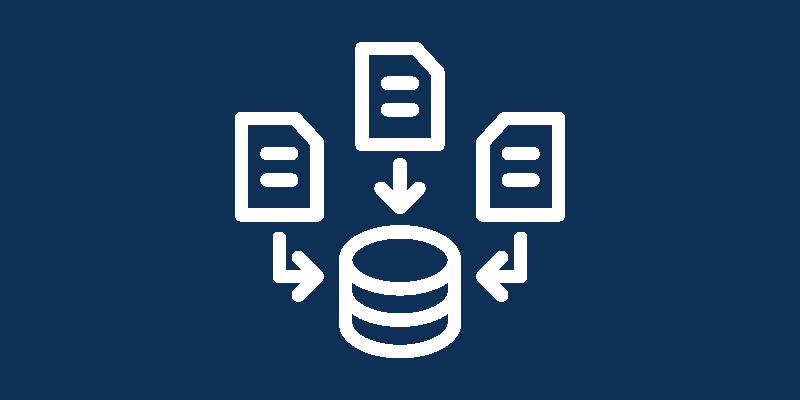The Cornerstone of Machine Learning
In the dynamic landscape of machine learning, data serves as the bedrock upon which models are built and predictions are made. Efficiently harnessing the power of data requires a meticulous approach to both collection and preparation. In this article, we will navigate the intricacies of data collection and discuss the essential steps of data cleaning and preprocessing.
Identifying Data Sources
Before embarking on any machine learning endeavor, it’s essential to determine the sources of your data. Data sources can vary widely, encompassing structured databases, unstructured text, images, videos, and more. Depending on your project’s goals, you might consider utilizing publicly available datasets, proprietary data, or even collecting new data through surveys, sensors, or web scraping. However, the key lies in identifying high-quality and relevant data sources that align with your project’s objectives.
Data Cleaning and Preprocessing
Once you’ve gathered your data, the journey toward creating reliable models begins with data cleaning and preprocessing. Raw data can often be messy, inconsistent, and plagued with missing values or outliers. Preprocessing involves transforming this raw data into a consistent and usable format.
Managing Missing Data
Missing data is a common challenge in real-world datasets. How you deal with it can significantly impact the performance of your machine learning model. Techniques range from removing instances with missing values to imputing missing values based on statistical measures. The choice depends on the context of your data and the problem you’re solving.
Dealing with Outliers
Outliers are data points that deviate significantly from the norm and can skew model predictions. Deciding whether to remove, transform, or keep outliers depends on domain knowledge and the specific goals of your analysis. Robust techniques like the Interquartile Range (IQR) can help identify and address outliers effectively.
Feature Scaling and Normalization
Features in your dataset might have different scales, which can affect the performance of certain machine learning algorithms. Scaling techniques like Min-Max Scaling and Standardization bring features to a common scale, preventing any feature from dominating the learning process.
Managing Categorical Data
Many real-world datasets contain categorical variables like gender, location, or product type. These need to be converted into numerical values before feeding them into machine learning algorithms. Techniques like one-hot encoding and label encoding enable the effective handling of categorical data.
Dimensionality Reduction
In cases where your dataset contains many features, dimensionality reduction techniques like Principal Component Analysis (PCA) or feature selection can help streamline the data while preserving its important characteristics. This not only enhances model performance but also reduces the risk of overfitting.
Text and Image Data
For unstructured data like text or images, preprocessing takes on a different dimension. For text, techniques like tokenization, stopword removal, and stemming are crucial in transforming raw text into a format that machine learning algorithms can comprehend. Image data, on the other hand, requires resizing, normalization, and transformation into numerical arrays.
Data Validation and Splitting
After preprocessing, it’s essential to validate the quality and consistency of your data. Random sampling and cross-validation techniques ensure that your model’s performance is not solely reliant on a single subset of data. Splitting your dataset into training, validation, and test sets helps you assess the model’s performance on unseen data.
Importance of Data Collection and Preparation
In conclusion, data collection and preparation are foundational steps in the machine learning journey. Identifying relevant data sources, cleaning, preprocessing, and validation are vital to ensure the accuracy and robustness of your models. By diligently navigating these phases, you pave the way for successful machine learning endeavors, capable of transforming data into valuable insights and predictions.





